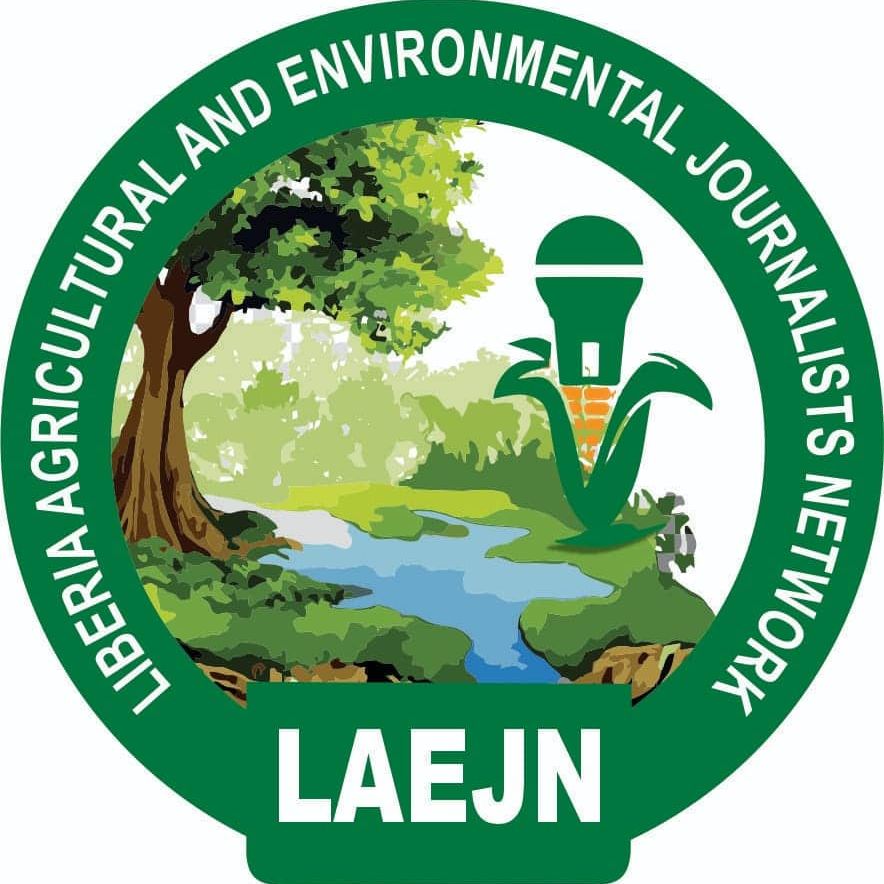By: Wilmot Konah / dadekolly20@gmail.com / 0555666441 / 0775793638
Gbarn-la, Suakoko District, Bong County — Smallholder cocoa farmers in Bong County say they are trapped in poverty despite the crop’s potential to improve livelihoods, citing devastating plant disease, crumbling roads, and exploitative market practices as major barriers.

The farmers are appealing to the Government of Liberia—through the Liberia Agricultural Commodities Regulatory Authority (LACRA), the Ministries of Agriculture and Public Works, local authorities, and humanitarian partners—for urgent support to sustain production.
In farming communities like Gbarn-la, situated in Suakoko District, Bong County, cocoa pods are being ravaged by Black Pod Disease, a fungal infection that causes fruit to rot before ripening. Farmers report heavy losses, with large portions of their harvest destroyed.
“My farm isn’t producing like it used to. The fruits are just hanging there, spoiled,” said veteran farmer William B. Dumoe, reflecting on his harvest as market day approached. “I used to harvest over 20 bags, but not anymore. Even the little we get is bought unfairly. And with the roads in this condition, we can’t reach proper buyers.”
Another farmer, Sarah Flomo, echoed his frustration. “I put all my energy into this farm, but nearly half the pods are ruined. The roads are so bad, we can’t even transport the good ones to market,” she said.
Farmers say poor roads have made cocoa transportation costly and risky, worsening post-harvest losses and leaving them vulnerable to exploitation.
“They come here and buy our cocoa using drinking cups instead of proper scales. They pay us peanuts—less than five hundred Liberian dollars per measurement,” said farmer John Gbotopa.
The combination of low yields, unfair pricing, and inaccessible roads, they say, has left families unable to meet basic needs, further entrenching poverty in one of Liberia’s key cocoa-growing regions.
Martin L. Yarkpawolo, an assistant researcher at the Central Agricultural Research Institute (CARI), recommended low-cost strategies to fight Black Pod Disease. He urged farmers to maintain clean farms by removing infected pods, pruning, managing shade, and harvesting on time.
“Temporary measures like mulching with clean materials, improving drainage, and using affordable fungicides can help protect cocoa trees,” Yarkpawolo said. He also called for community cooperation to slow the spread of the disease and preserve yields.
Despite these suggestions, farmers insist that lasting solutions require government intervention, including road repairs, affordable inputs, and price regulation.
“We need help—especially with price control and road repairs,” one farmer said. “Without these, our efforts will continue to yield poverty instead of prosperity.”
Gordon G. Garway, LACRA’s head of public relations, acknowledged the farmers’ challenges and outlined plans to improve standards, including introducing solar dryers, strengthening extension services, and supporting replanting of aging farms, some of which have been in use for more than 40 years.
“No one should buy your cocoa using a drinking cup—resist such practices,” Garway warned. “Always ask for identification to avoid being exploited. Report anyone who underpays you.”
According to LACRA’s guidelines, grade one cocoa should fetch $4.73 per kilo, with grades two and three priced at $3.54 and $2.36 respectively, depending on quality.
Garway admitted that LACRA’s enforcement capacity remains limited due to resource constraints but reaffirmed the agency’s commitment to the sector.
Research shows Liberia’s cocoa bean export value dropped by 41.9%—from $7.1 million in 2020 to $4.1 million in 2023. Analysts attribute the decline to crop diseases, poor infrastructure, volatile global markets, and rising local processing in the region.
Liberia’s National Agriculture Development Plans aim to reverse this decline through improved planting materials, stronger extension services, road rehabilitation, sustainable farming practices, and better market access. The goal, according to government planners, is to boost farmer income, strengthen food security, and position Liberia as a producer of high-quality, sustainable cocoa.
 Liberia Agricultural and Environmental Journalists Network (LAEJN) Promote informed journalism and public engagement on agricultural and environmental nalists Network (LAEJN)
Liberia Agricultural and Environmental Journalists Network (LAEJN) Promote informed journalism and public engagement on agricultural and environmental nalists Network (LAEJN)






